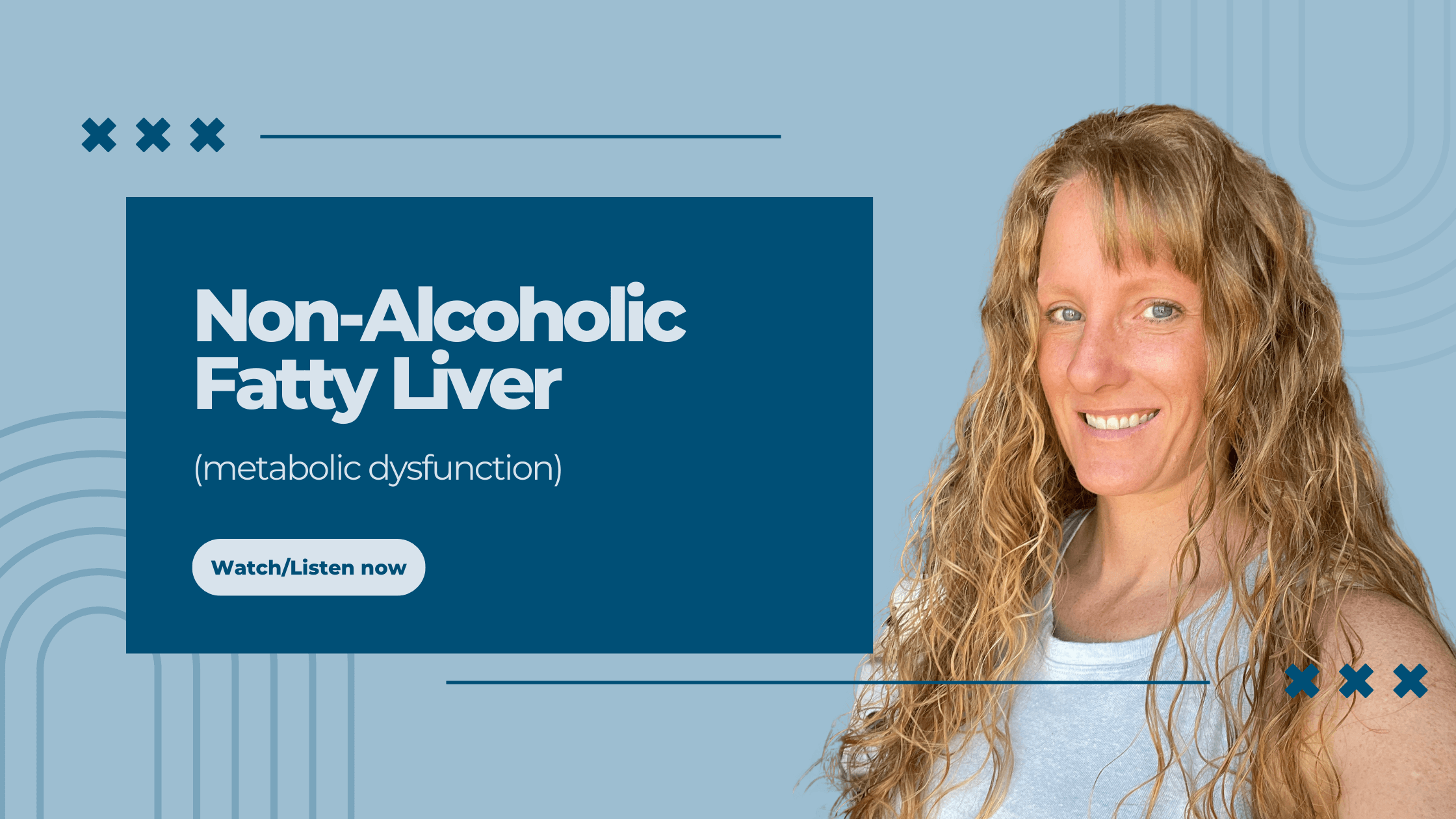
Most of us have heard of fatty liver being associated with alcoholism or consumption of large quantities of alcohol. But this isn’t the only cause of fatty liver. The vast majority of fatty liver cases today are not related to alcohol consumption, but rather due to metabolic changes in the liver (and throughout the body). There are various names for diseases related to fat in the liver due to metabolic dysfunction: Non-Alcoholic Fatty Liver Disease or Metabolic Associated Fatty Liver Disease, using the acronyms NAFLD or MAFLD. In 2023, a decision was made to change the name to metabolic dysfunction-associated steatotic liver disease (MASLD). For simplicity, we’ll use fatty liver throughout the rest of this episode.
Fatty liver is the accumulation of fatty triglyceride globules in the liver cells. This can be medically diagnosed through biopsy or imaging of the liver. In later stages, this can develop into inflammatory liver disease, non-alcoholic steatohepatitis (NASH), permanent liver damage via fibrosis and cirrhosis
Blood testing can also be used to evaluate liver health (though it’s less direct than imaging or biopsy). Specific markers include AST, ALT, GGT, Alkaline Phosphatase, Lactate Dehydrogenase, Bilirubin, and Albumin.
A healthy liver does not store lipids, so any form of fatty liver is pathogenic.
The liver is the primary producer of lipids including cholesterol, triglyceride, and phospholipids by a process called de novo lipogenesis. This process occurs in the presence of insulin, as one of insulin’s primary roles is to store fuels for use later. This makes sense, right - when insulin levels are high, you are in a fed state - most likely having just eaten. That food can be used for immediate needs or stored for later. Insulin is a storage hormone. It also blocks the ability to break down stored fuels. This also makes sense…it wouldn’t make any sense to be breaking down stored fuels at the same time as you’re creating fuels for storage.
There is no limit to how much lipid can be produced by the liver…it is entirely driven by the frequency and quantity of food coming in. Because this is influenced by insulin, the majority of lipid produced comes from carbohydrate consumption (which stimulates insulin the most).
The cells throughout the body don’t all become insulin resistant at the same time or to the same level. One of the first cells to become insulin resistant is the fat cell…where insulin directly interacts frequently. When the fat cells become to full, they don’t want to listen to insulin which is telling them to store more fat. To survive and not burst, they become resistant and don’t pack more fat in. When they’re not listening to insulin, they’re still releasing stored fats which insulin usually blocks. These released fatty acids, go back to the liver to be processed and packaged for delivery to the cells that need fat for fuel.
Studies show that the liver doesn’t release triglycerides or fatty acids directly into the blood, but can package them up into VLDL molecules for transport to other parts of the body. VLDL production is also insulin mediated. When lipid production from de novo lipogenesis exceeds the VLDL transport capacity, the fat remains in the liver.
In cases of metabolic dysfunction fatty liver, blood glucose is elevated which continues to stimulate de novo lipogenesis. Decreasing carbohydrate intake decreases the rate of lipid production, lowers insulin and glucose and causes the body to use fatty acids for fuel (instead of glucose). All combined, reduces insulin resistance, fat accumulation, and blood sugar levels.
REVERSING FATTY LIVER
The great news is fatty liver can be remedied and rather quickly in many cases. Clinical case studies have shown that when a therapeutic carbohydrate restricted plan is followed, carbs reduced to less than 10% of daily calories, and reducing eating frequency to 2 meals per day (no snacks) has shown observed remission of fatty liver within 3-7 days! This can also happen with alcoholic fatty liver disease with a complete abstinence from alcohol.
Obesity is not a cause of fatty liver disease, but likely fatty liver leads to obesity. Insulin resistance is the original foundation that leads to fatty liver. Insulin resistance develops due to chronically high blood sugars due to high consumption of carbohydrates and frequent eating, causing frequent and large insulin releases.
If you have been told you have prediabetes, type 2 diabetes, obesity, insulin resistance, or fatty liver, there is hope to reverse it! Schedule a free call with me to go over your roadmap to healing.



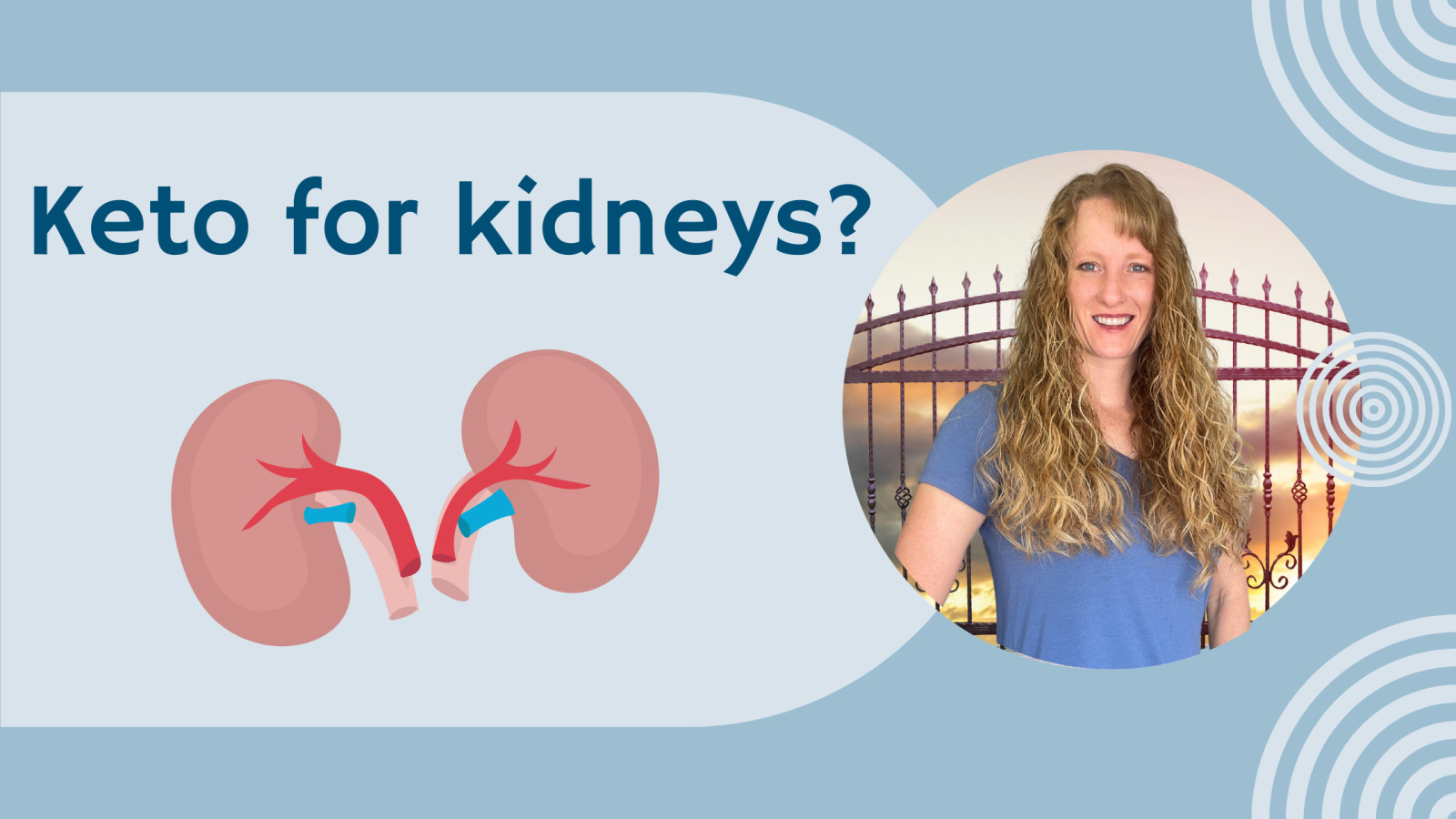


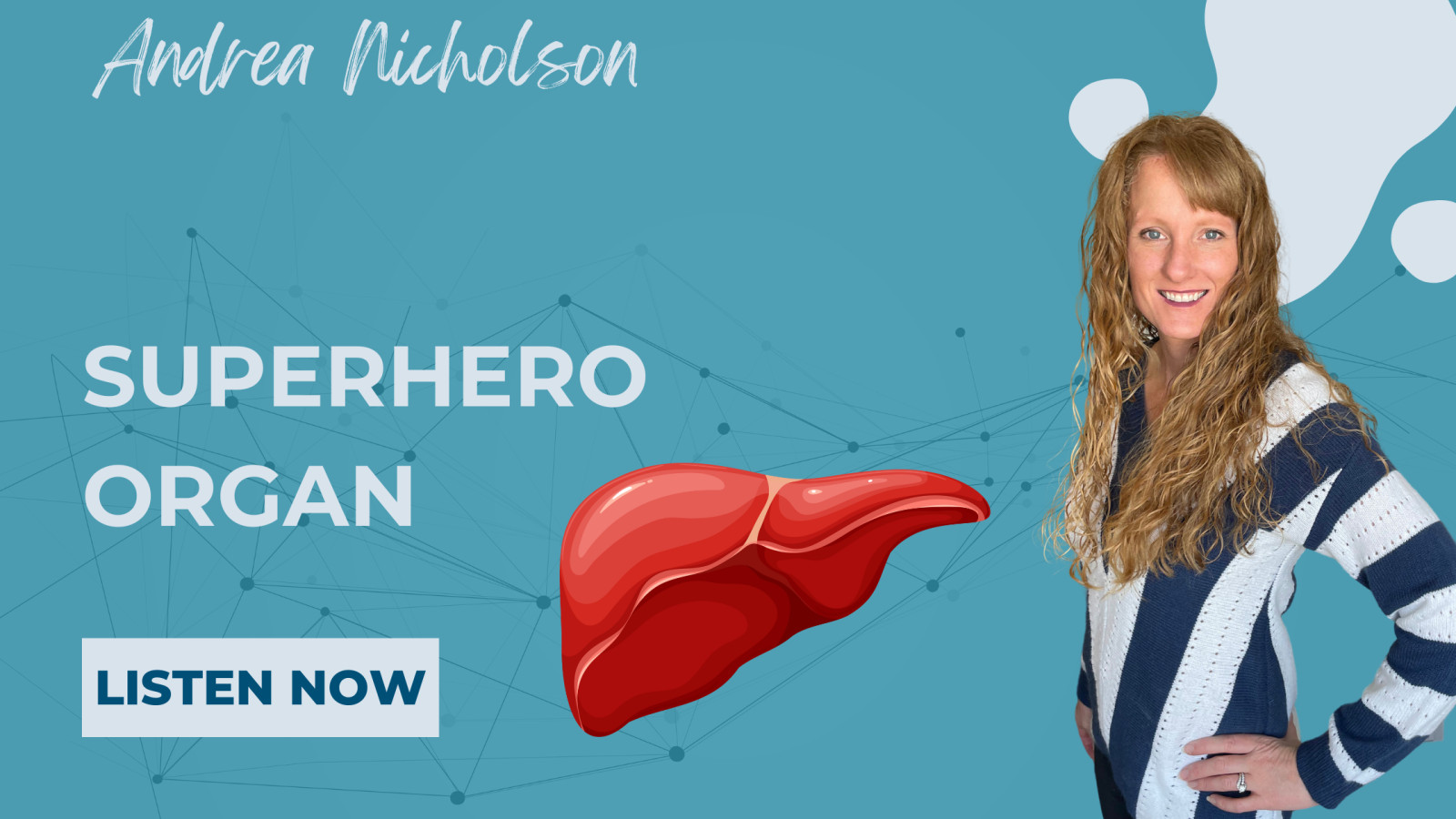




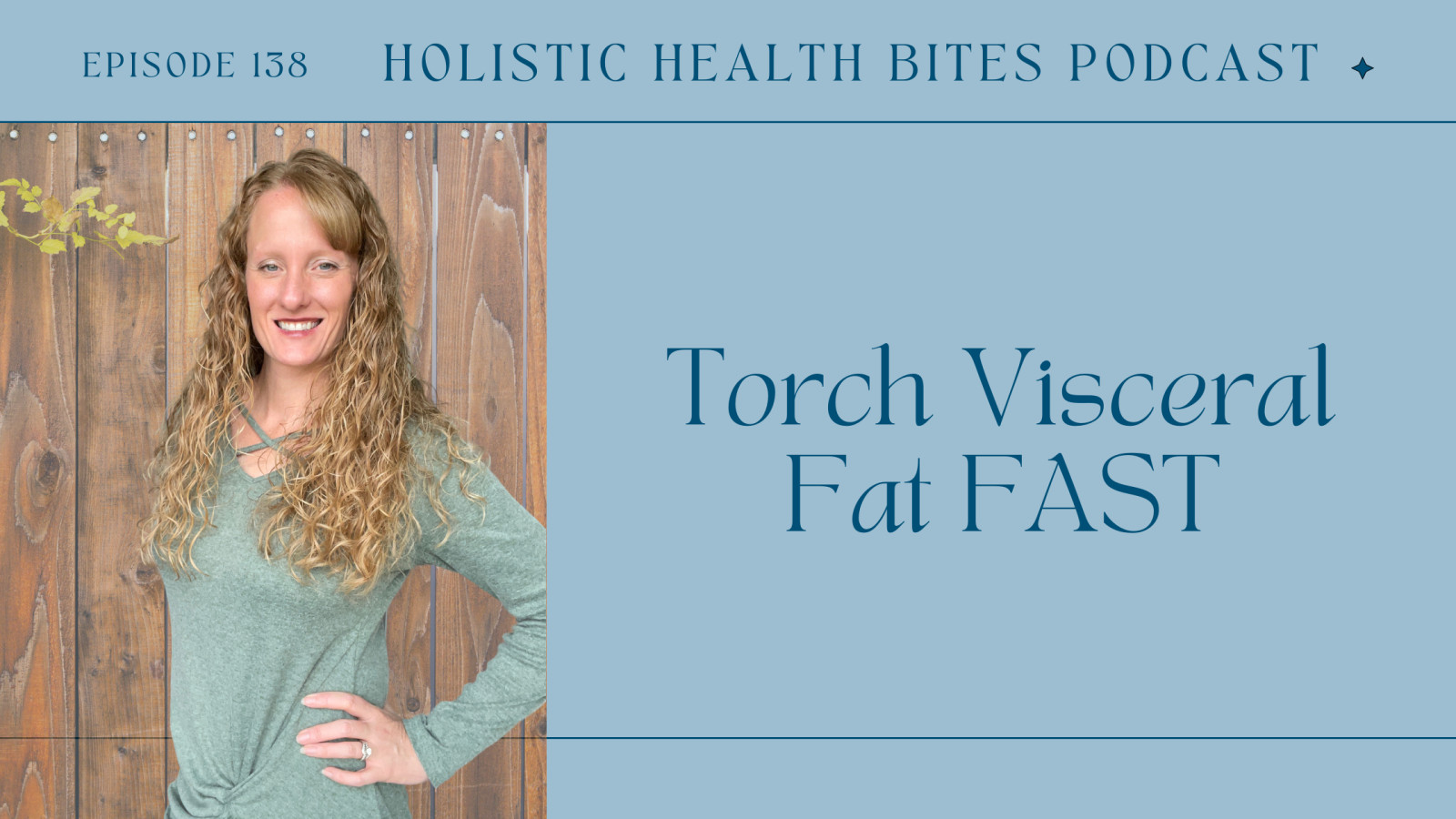
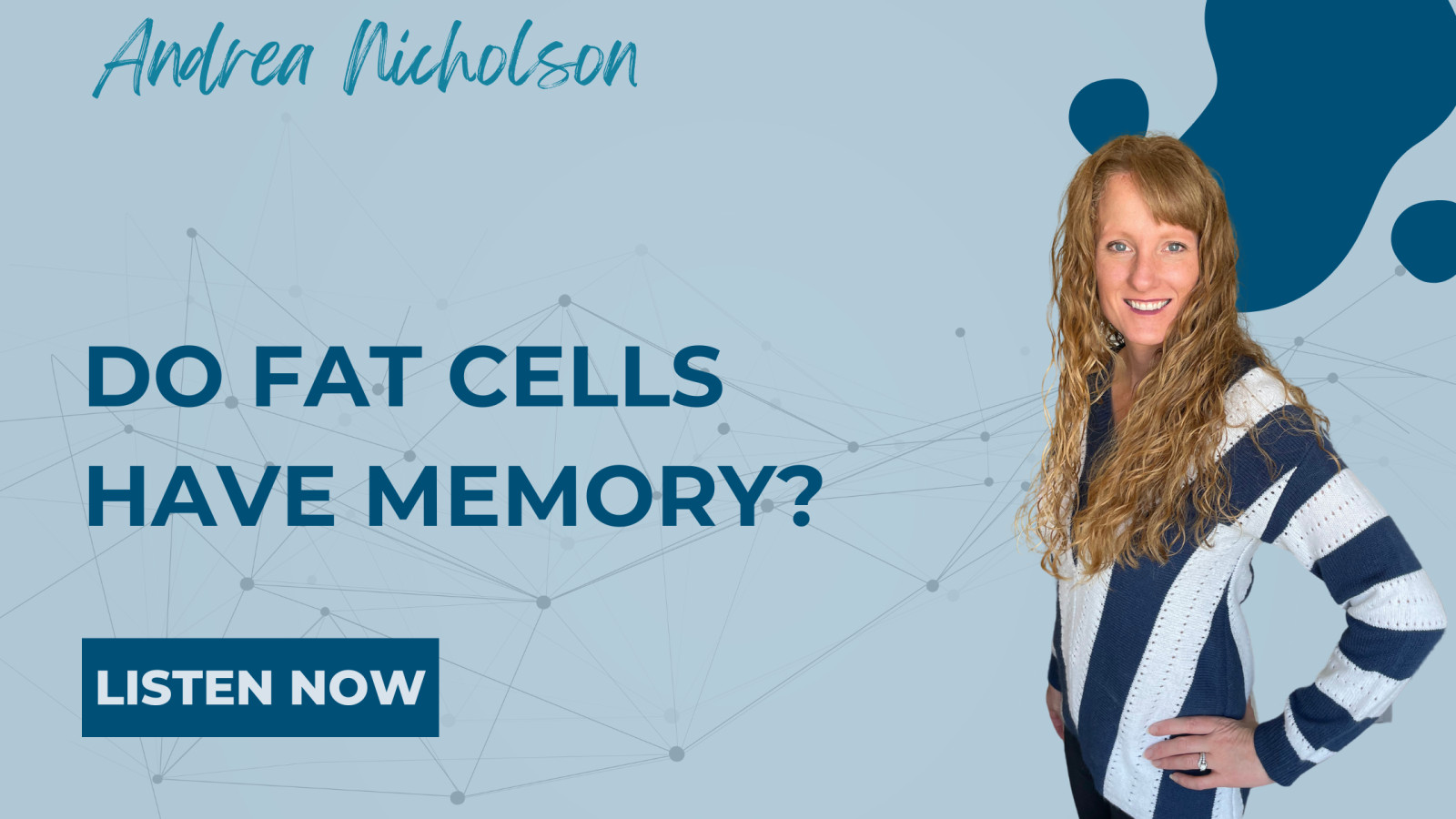

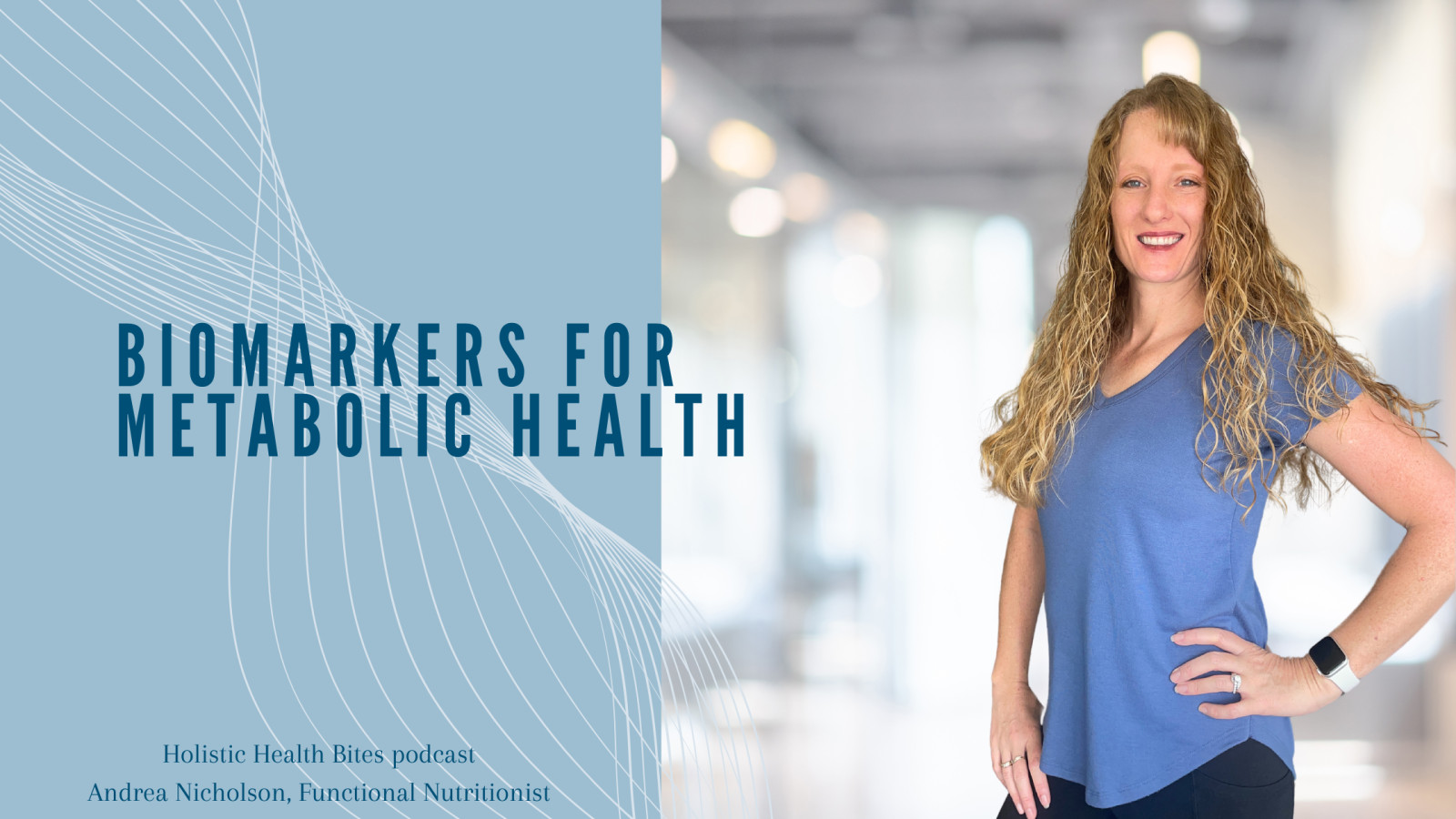






0 Comments